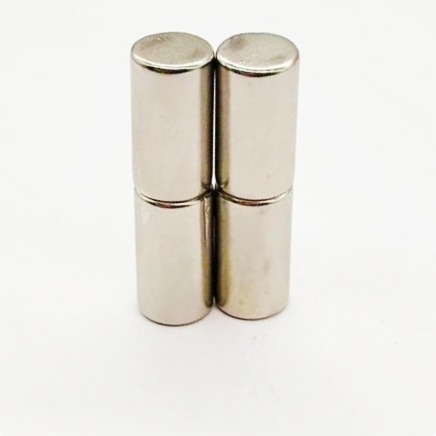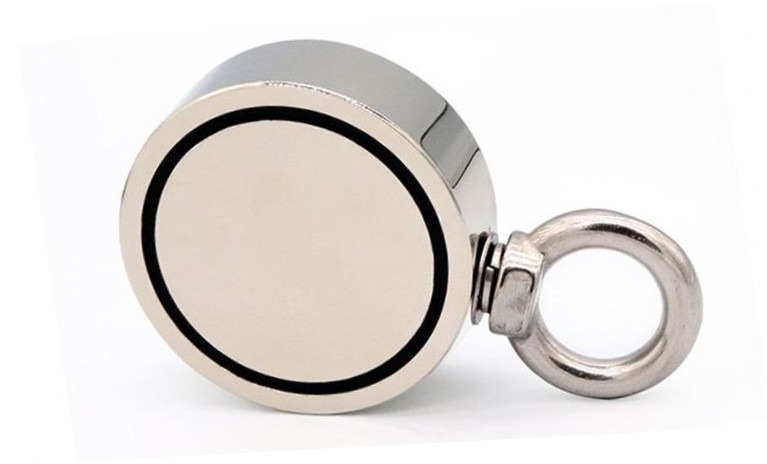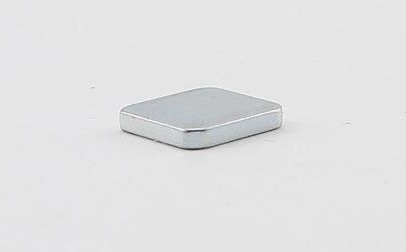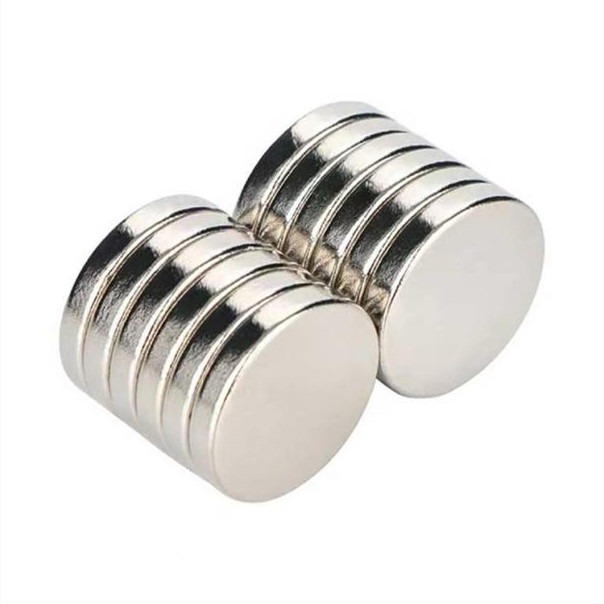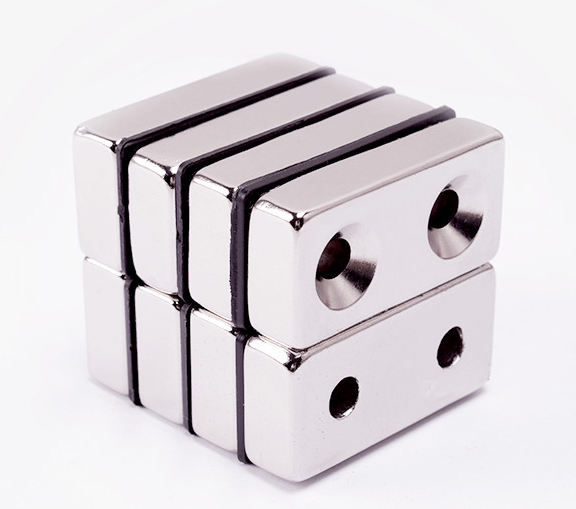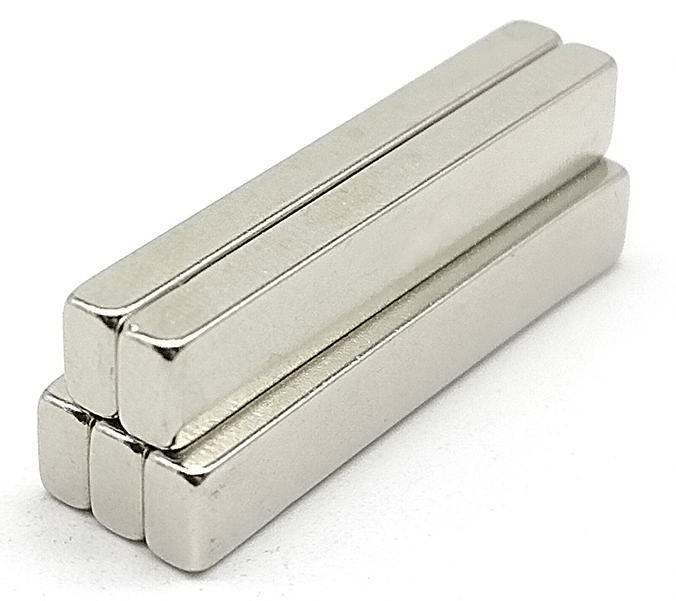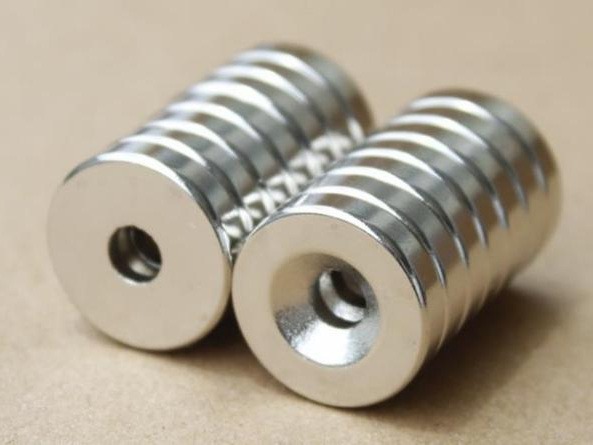How To Solve The Easy Corrosion of NdFeB Magnets
The chemical stability of NdFeB materials is poor, and is easily corroded in a humid and hot environment, which will weaken the magnetic properties and directly affect the service life of the permanent magnet. There are two min ways to alleviate the easy corrosion of NdFeB magnets.
1. Improve the Corrosion Resistance of the NdFeB Magnets Itself.
(1) The NdFeB magnet with high density and ultra-fine grain can be obtained by improving the microstructure of the magnet and adopting the hot pressing process. It can greatly improve the corrosion resistance of the magnet itself.
(2)Adding some alloying elements can effectively improve the corrosion resistance of magnets. To improve the corrosion resistance of the NdFeB magnet itself, it is necessary to add some alloying elements, but sometimes the magnetic properties are reduced, and the addition of alloys will increase the production cost.
2. Use an Effective Protective Coating On NdFeB Magnets.
1. Electroplating coating
Electroplating is based on the redox reaction based on the use of external charges to enrich and reduce the cathode of metal ions in the electroplating solution to form a metal coating.
From 1985 to 1995, it was the initial stage of electroplating of NdFeB permanent magnet materials. After nearly ten years of development, the electroplating technology of NdFeB permanent magnet materials was relatively mature by 2006. Since 2006, it is the innovation and development stage of electroplating technology for NdFeB permanent magnet materials. At this stage, the electroplating layers of NdFeB permanent magnet materials mainly include zinc plating, nickel plating, nickel-zinc alloy plating, and other nickel alloys and composite coatings.
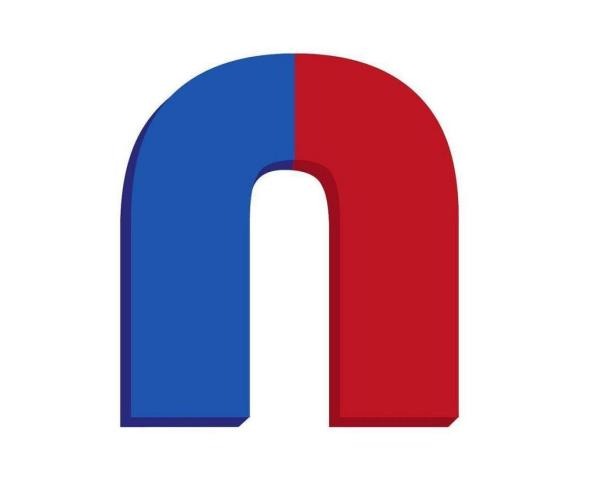
2. Electroless plating coating
Electroless plating is a process technology that makes the metal ions in the electroless plating solution accumulate on the surface of the substrate to form a functional coating according to the redox reaction without external current. Considering the autocatalytic phenomenon of the substrate itself, the coating structure features dense and uniform, low porosity, and the equipment is simple and convenient to operate.
Relatively speaking, electroless plating has become more and more mature, and its application has become more and more common. Internationally, electroless plating has been widely used to provide corrosion-resistant and wear-resistant protective films for neodymium magnet substrates.
At this stage, the chemical coatings of neodymium magnets mainly include nickel-phosphorus chemical coatings and other chemical coatings such as nickel-copper-phosphorus and nickel-tungsten-phosphorus.
What is the Difference Between Acid Coating and Alkaline Coating?
The baths used for electroless plating are also mainly divided into acidic and alkaline. High-phosphorus non-magnetic coatings are often formed in acidic environments, and low-phosphorus magnetic coatings are often formed in alkaline environments and have certain magnetic shielding properties. Due to the obvious hydrogen absorption in the acidic environment, which seriously affects the surface quality of the activated neodymium magnet substrate, alkaline plating solutions are often used in industrial production.
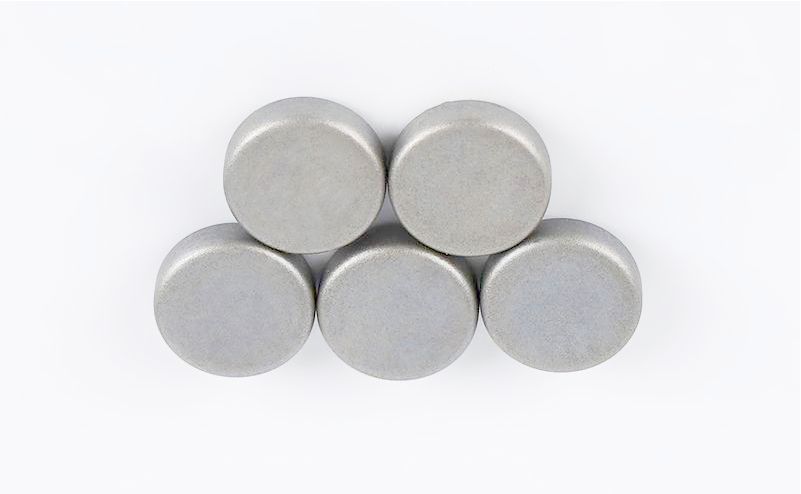
3. Organic coating
Organic coatings are one of the most widely used methods of metal protection. The organic coating methods used for sintering NdFeB permanent magnets are mainly resins and organic polymer materials.
Among them, epoxy resin is the most used, because epoxy resin has excellent water resistance, chemical resistance and adhesion, and has sufficient hardness, and has been widely used in industrial production. Electrophoretic coating of epoxy resin coating on electro-galvanized and nickel-plated NdFeB, its anti-rust performance far exceeds that of conventional zinc-plated and nickel-plated layers.
In addition to epoxy resin, other resin materials include polyacrylate, polyamide, polyimide, etc. A mixture of two or more of these resins can also be used as a coating, and some anti-rust coatings such as red red, chromium oxide, etc. can be also added to them.
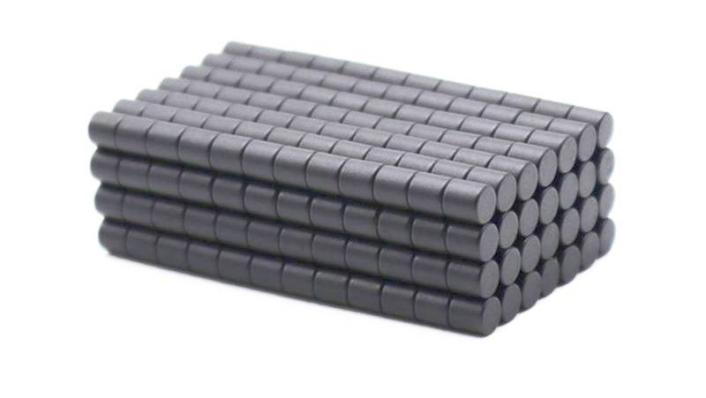
4. Physical vapor deposition coating
Physical vapor deposition is a new type of coating technology that is different from electroplating and electroless plating.
What Are the Advantages of Physical Vapor Deposition Coatings?
1. The film prepared by this method can be well bonded to the substrate, the film layer is relatively dense, the surface layer is smooth and smooth, and the porosity is less.
2. It can eliminate the residue of the electrolyte in the film layer during the electroplating process, and avoid secondary damage to the film layer caused by the residual liquid.
3. Reduce the possibility of coating embrittlement caused by hydrogen generated by the magnet reaction during electroless plating.
The more common physical vapor deposition methods include vacuum evaporation coating, magnetron sputtering coating, and multi-arc ion coating. Commonly used film materials are Al, Ti/Al, Al/Al2O3, TiN, Ti, etc. The film deposited by the physical vapor deposition method has excellent quality, excellent corrosion resistance, and no secondary pollution problems such as waste liquid and slag. It is the main direction of the development trend of NdFeB magnet corrosion protection technology at this stage.
KENENG manufactures and sells NdFeB magnets in various conventional shapes. If the shape you need is not on the list, it can also be customized according to the drawing, of course, it needs mutual consultation between the two parties. If you want to buy NdFeB magnets in bulk, please contact KENENG.

